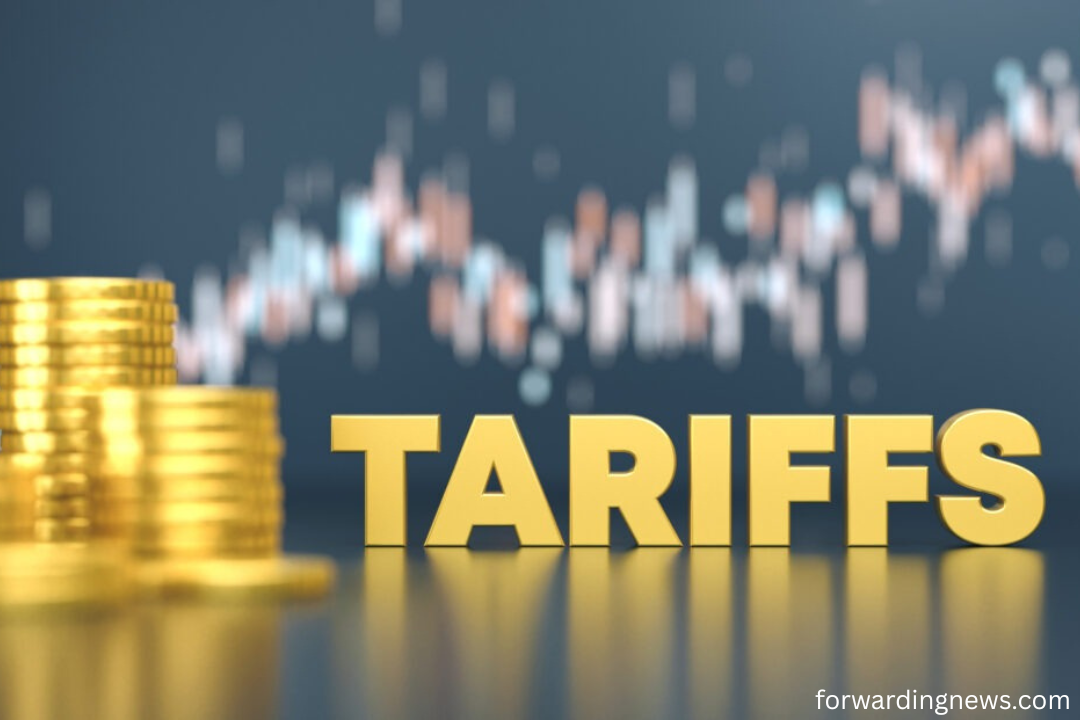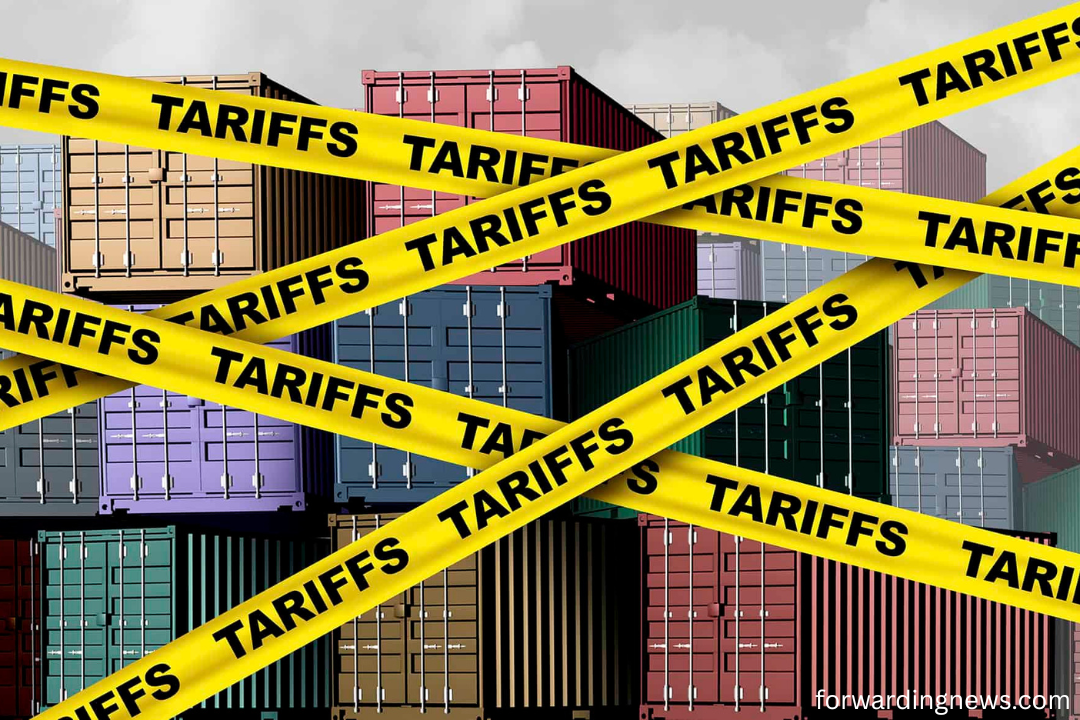A pre-tariff trade spike occurs when economic players accelerate international transactions before the imposition of new or increased tariffs. This anticipatory behavior is designed to minimize expenses, stockpile essential goods, and sidestep potential delays caused by regulatory changes. In the UK context, this spike has been especially pronounced. Many firms faced not just one but multiple layers of uncertainty, from Brexit ramifications to shifting trade deals with global partners.
Key Drivers Behind the UK’s Pre-Tariff Trade Surge
Anticipation of Higher Import Costs
The most obvious catalyst for a pre-tariff trade spike is the expectation of costlier imports. As new duties loom, UK businesses moved quickly to secure goods under the existing, more favorable tariff regime.
Supply Chain Security
Post-pandemic disruptions and geopolitical tensions have pushed companies to rethink their inventory strategies. The pre-tariff period allowed businesses to bulk-buy and insulate themselves from future delays.
Brexit-Related Adjustments
The UK’s evolving trade relationship with the European Union has reshaped supply chains. Even beyond Brexit’s official end, the uncertainty around pre-tariff conditions and regulatory alignment has driven businesses to act early.
Trade Volume Statistics – A Clear Uptick
Data from the Office for National Statistics (ONS) and HM Revenue & Customs (HMRC) highlight a marked increase in trade volume in the final two quarters before new tariffs were introduced. Imports rose by over 12%, with sectors like automotive, electronics, and agriculture showing the highest growth during this pre-tariff window. Exports also climbed as companies abroad rushed to fulfill UK orders before regulatory changes affected delivery timelines and customs processing.
Industries Most Affected by the Pre-Tariff Surge
Automotive Industry
The car industry, heavily reliant on EU-sourced parts, saw a dramatic pre-tariff import swell. Manufacturers brought forward shipments of engines, batteries, and semiconductors to avoid inflated costs and possible production delays.
Consumer Electronics
Retailers increased their inventories of smartphones, laptops, and home electronics. The pre-tariff buying binge was partly driven by seasonal demand and the looming impact of tech-related tariffs targeting Asian markets.
Agriculture and Food
Supermarkets and food importers stockpiled non-perishable items like canned goods, grains, and wine. The pre-tariff buildup helped maintain price stability during the transition period.
Pre-Tariff Strategy – Risk or Necessity?
While a pre-tariff approach may seem like a sound risk mitigation strategy, it comes with trade-offs. Front-loading imports and exports can strain warehousing, cash flow, and logistics. Not every business is equipped to handle extensive inventories or fast-tracked orders.
However, many UK firms deemed the temporary pressure preferable to the long-term impact of higher tariffs and uncertain customs regulations.
Government Response and Policy Considerations
The UK government acknowledged the pre-tariff trend and sought to ease the pressure through temporary waivers, grace periods, and additional customs staff. While these measures provided some relief, the underlying challenges of post-Brexit trade remain unresolved.
In future tariff rollouts, policymakers may consider phased implementations or targeted support for small businesses, which are disproportionately affected by pre-tariff distortions.
Global Comparisons – The Pre-Tariff Effect Elsewhere
This is not the first time a pre-tariff trade spike has been observed. Similar patterns occurred in the United States ahead of the 2018 China tariffs and in Japan during changes to VAT and tariff agreements with regional partners.
These global examples underline the strategic behavior of market participants and reinforce the importance of clear, early communication from governments and trade bodies.
Long-Term Impact of the UK’s Pre-Tariff Trade Spike
While the immediate effect of pre-tariff activity is a temporary economic boost, it can distort quarterly data and mask underlying trends. Analysts caution that such surges often precede a slump as demand normalizes and inventories are drawn down.
Supply Chain Realignments
The spike also accelerated discussions about reshoring production, diversifying suppliers, and investing in local manufacturing to reduce long-term tariff exposure.
Business Continuity Planning
The pre-tariff window highlighted the value of scenario planning and agile logistics. Businesses that adapt quickly are better positioned to navigate future trade shocks.
Recommendations for UK Businesses Post Pre-Tariff Surge

- Reassess Inventory Strategy: Avoid overstocking while maintaining enough buffer for supply chain interruptions.
- Monitor Trade Policy: Stay informed on future tariff negotiations, especially with non-EU markets.
- Invest in Customs Expertise: Improved compliance reduces delays and fines post-pre-tariff.
- Leverage Trade Deals: Explore preferential trade agreements to offset potential tariff increases.
Frequently Asked Questions (FAQ’s)
What does “Pre-Tariff” mean in international trade?
“Pre-Tariff” refers to the period or actions taken before new tariffs or trade duties are officially implemented. Businesses often adjust their operations during this time to avoid potential cost increases or disruptions.
Why did the UK experience a Pre-Tariff trade spike?
The UK saw a trade surge due to anticipated tariff changes related to post-Brexit policies and global trade negotiations. Companies rushed to import and export goods before higher costs and regulatory changes came into effect.
How does a Pre-Tariff period affect businesses?
During a Pre-Tariff period, businesses often increase imports, stockpile goods, and speed up shipping to mitigate upcoming costs. This can strain logistics and cash flow but is usually considered a cost-saving strategy.
Which industries are most impacted during a Pre-Tariff phase?
Industries heavily reliant on imports, such as automotive, consumer electronics, and food retail, typically see the most activity during Pre-Tariff periods due to the urgency to avoid cost hikes.
Are there risks associated with Pre-Tariff trade strategies?
Yes, businesses may face challenges like overstocking, warehouse limitations, and tied-up capital. If demand doesn’t match supply, these risks can impact profitability even if short-term costs are reduced.
Can Pre-Tariff trade behavior distort economic data?
Absolutely. A Pre-Tariff surge can inflate quarterly trade statistics, masking longer-term trends or artificially boosting GDP figures in the short term, followed by a drop in subsequent periods.
What can small businesses do to manage Pre-Tariff changes?
Small businesses should monitor tariff announcements closely, build relationships with customs advisors, and explore alternative suppliers or trade deals to minimize exposure during Pre-Tariff windows.
Will the UK face more Pre-Tariff trade spikes in the future?
It’s likely. As the UK continues to form and adjust trade agreements post-Brexit, future Pre-Tariff periods may arise, prompting similar spikes in trade activity before new rules or tariffs take effect.
Conclusion
The pre-tariff trade spike in the UK is a clear indicator of how policy shifts can immediately affect market behavior. While the surge may bring short-term economic benefits, it also reveals more profound vulnerabilities in the UK’s trade ecosystem. Businesses must move beyond reactive strategies and adopt a forward-looking approach to remain competitive in an increasingly protectionist global economy. By learning from this pre-tariff episode, UK firms can build greater resilience and flexibility for future challenges.

